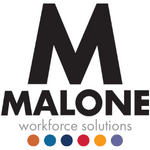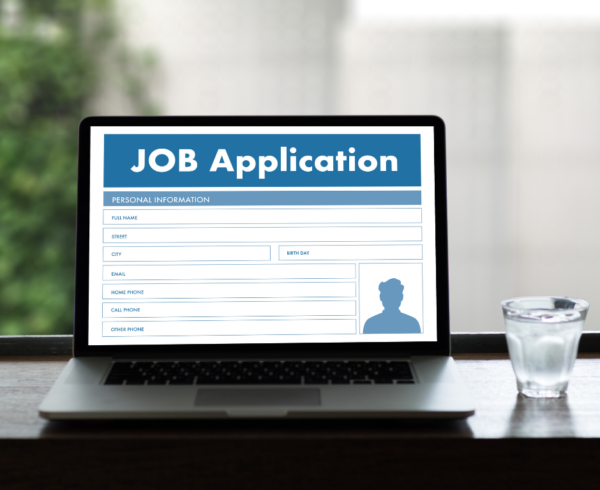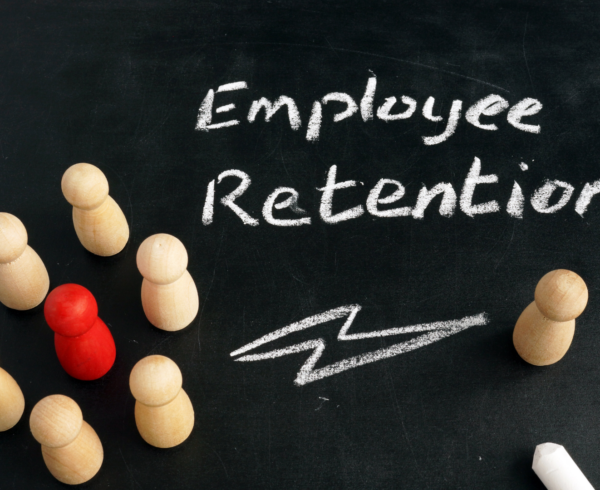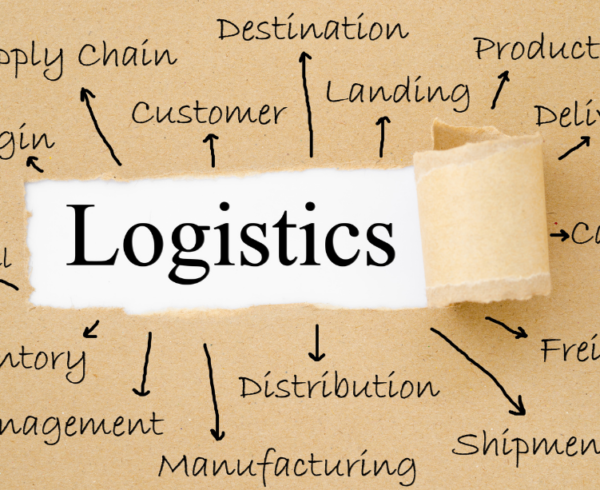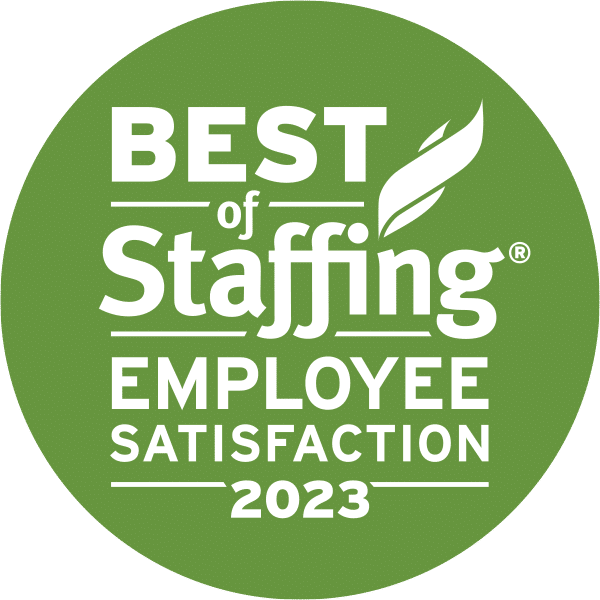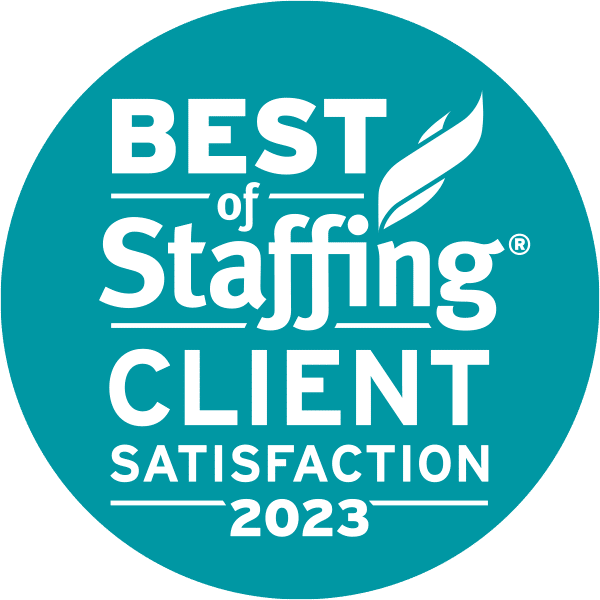September 6th marked the end of federally funded unemployment benefits for all states. While some states opted to offer extended benefits, it looks like the last remaining states will be ending extended benefits before the end of this year. The pandemic and the unique challenges it presented certainly changed the course of employment for years to come, forcing employers to pay more, offer more flexibility, and compete with hundreds of others for the same workforce. With extended benefits ending, it’s inevitable that an influx of workers will be diving back into the workforce but just how they will be impacted by the new normal is yet to be seen.
Many people who received unemployment benefits during the pandemic found that they were making more money while being on the unemployment program than they were previously making in their old jobs. Employment benefits were also higher than compensation being offered to take on new jobs in the workplace. Enhanced benefits that were instated because of the pandemic, and the extension of time to receive such benefits allowed many workers to remain out of the workforce for a longer period of time.
This peak season, companies will be advertising heavily in an attempt to attract the workers they will need. Workers will be flocking back to the job market, but again, not without new expectations. Employers will need to consider these expectations to keep up with their competitors. Companies that come to the table with options like; increased wages, flexibility, and better work/life balance will see a better influx of new applicants. In an environment where a worker has a plethora of options to choose from, companies that focus on employee engagement and retention will win the war for talent. This will be a long-term shift in the employer/employee relationship and employers will need to constantly evaluate their offerings, benefits, and flexibility options to stay relevant in this market.
Higher wages may sound like the best answer, and it should definitely be at the top of the list, but here are some other incentives that can help boost your hiring numbers and improve employee loyalty down the road.
Education Assistance Programs: Several large retail conglomerates started debt-free education assistance programs in order to help college students. These programs are meant to incentivize workers with tuition and flexibility so that an employee can advance their education with a flexible work schedule and are provided the funds to do so.
Additional Vacation Time: The pandemic has shifted the American priority of work-life balance. Additionally, while receiving unemployment benefits, workers were able to enjoy their time off and they aren’t looking to give that up so easily.
Flexible Work Schedules: Whether it’s allowing employees the freedom to fulfill their hours at their discretion, setting up alternative work schedules, or providing leniency for time off to take care of personal needs, flexible work schedules are a huge hiring incentive to employees.
Remote Work Opportunities: Offering the possibility of remote work has its advantages. Employees who may have otherwise had to take sick or vacation time for appointments, childcare, etc. can now have the option to do those things and still work instead of losing a full day of productivity. Additionally, having remote employees can also cut costs relating to office space and utilities.
Sign-On and Retention Bonuses: Bonuses could be the winning factor when employees are choosing their new workplace. Not only could it attract the talent you need, but it can also help with employee retention and will promote loyalty to your organization.
Attendance Incentives: Attendance incentives serve as motivation for employees to reduce avoidable absences upon reentering the workforce. This could help maintain consistency and efficiency in the workplace.
Benefits available to part time, temp-to-hire, and seasonal employees: This could be exceptionally beneficial during peak season and could be a great offering to ensure you get the staff you need to fulfill peak demand. Additionally, contract workers can prove to be exceptionally talented. If the need and/or want arises to make a full-time offer, the employee is more likely to say yes based on previous positive experiences.
Happy employees will work harder, stay longer, and be better long-term assets to an organization. It’s time to stand out.
There’s a lot to juggle right now in this turbulent labor market. Extended unemployment benefits allowed workers to take time to evaluate their worth and now they are speaking up. Employers will need to listen, act fast, and make sure employee satisfaction is imbedded in to the new normal of their organization.
Contact a Malone staffing and recruiting expert today to understand how we can support your strategy for the future. Whether you need an entire workforce or a single employee to offer administrative flexibility, we’ve got you covered.
